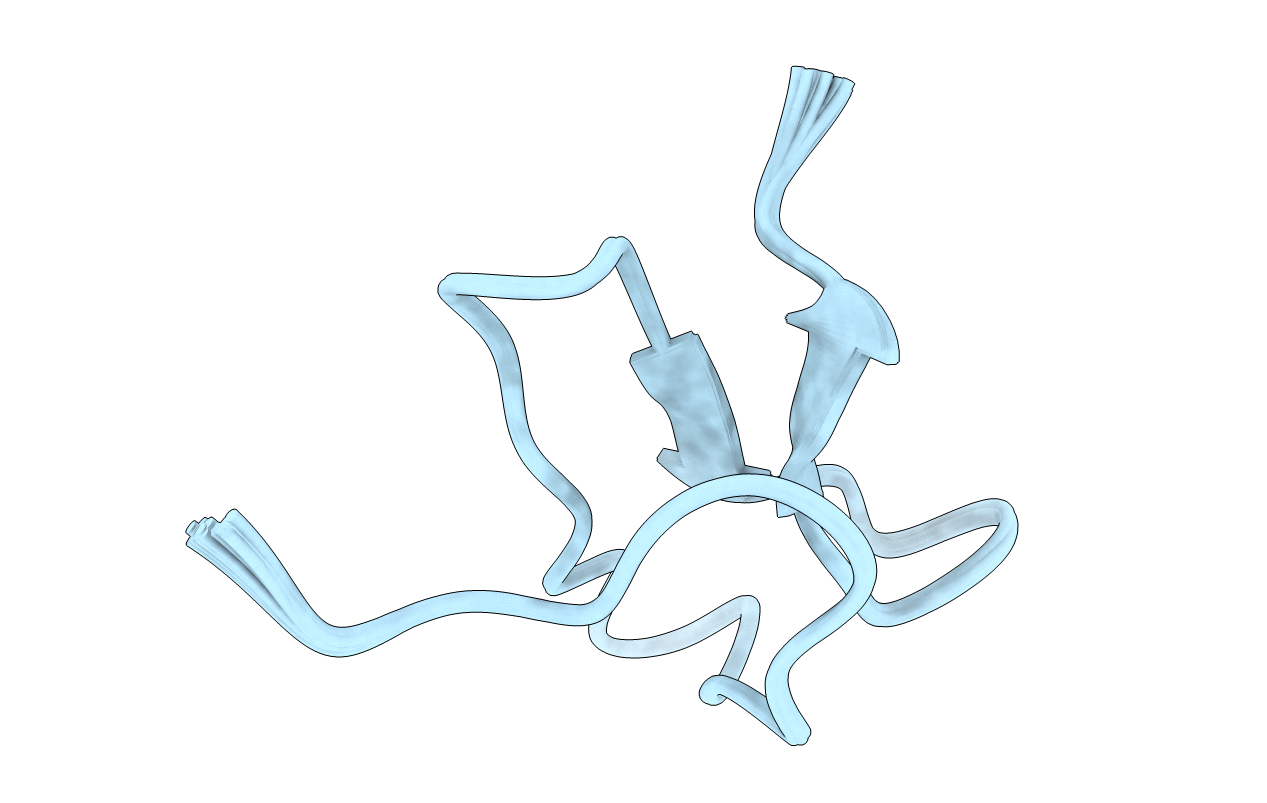
Deposition Date
2014-06-01
Release Date
2015-03-25
Last Version Date
2024-11-27
Entry Detail
Biological Source:
Source Organism:
Haplopelma doriae (Taxon ID: 1046906)
Host Organism:
Method Details:
Experimental Method:
Conformers Calculated:
200
Conformers Submitted:
20
Selection Criteria:
Best MobProbity score


